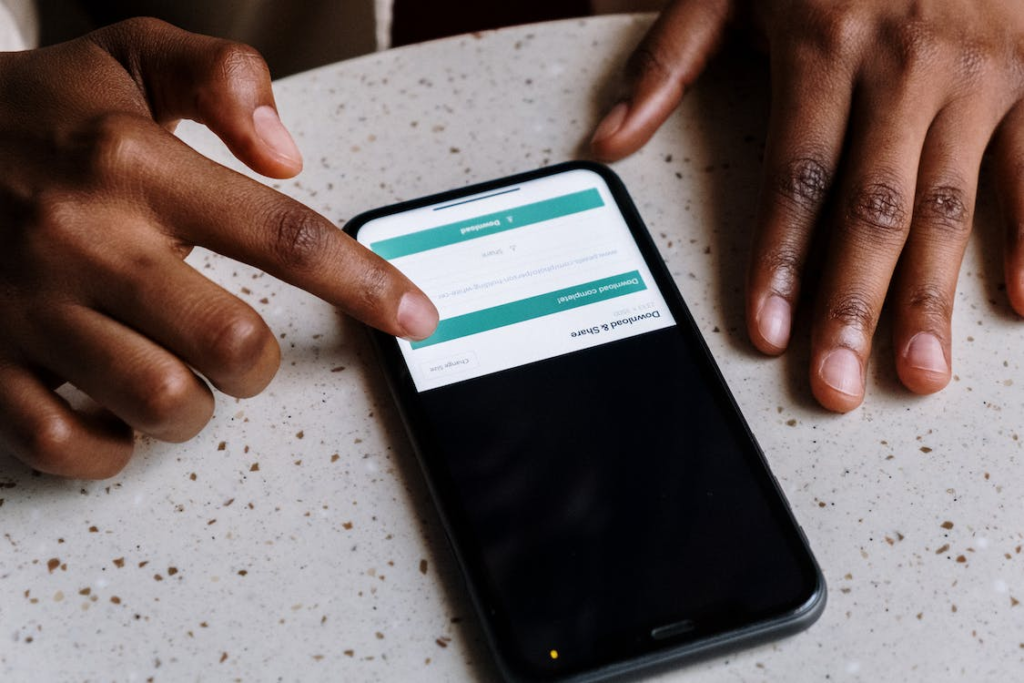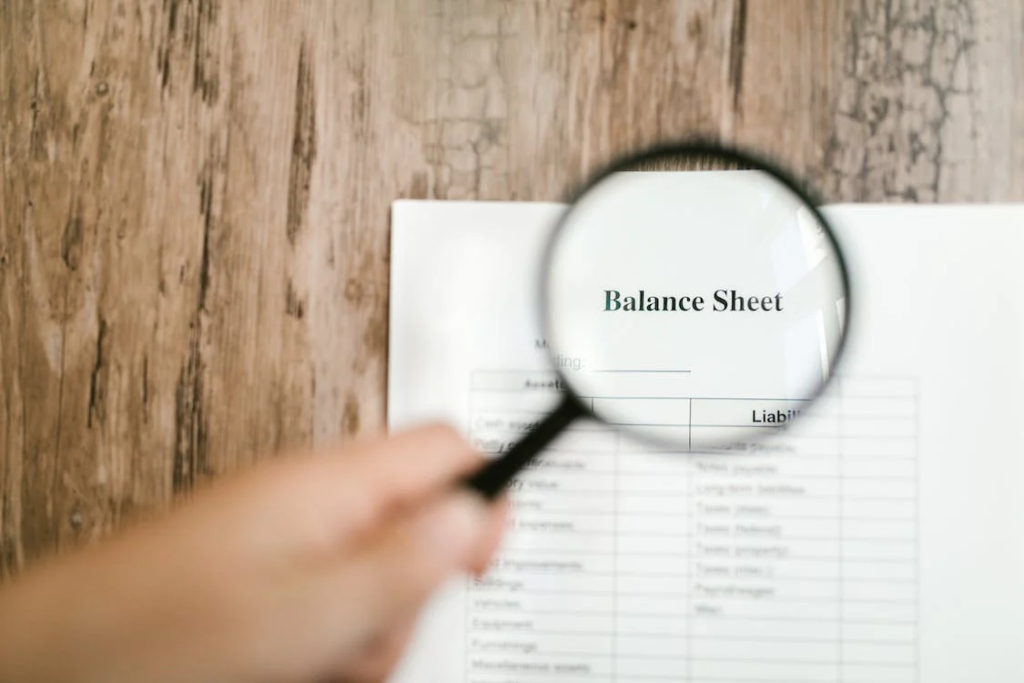A balance sheet shows your business’s equity at any given time, showing your company’s worth considering its debts and liabilities — essential information for everyone to have on hand.
We’ll discuss how a balance sheet works and what type of items your business needs to list and leave you with some links to our team’s top picks for the best free balance sheet templates!
Related: The Best Excel Spreadsheets for Accounting
Table of Contents
What Is a Balance Sheet?
Balance sheets are an excellent tool for any business — they show a real-time snapshot of your company’s net worth at a given time. A balance sheet shows the difference between your assets, liabilities, and shareholders’ equity so you can see what you own vs. what you owe.
Plus, balance sheets do more than give you insights into your company’s finances; they make it easy to compare your business to others in your industry — almost every balance sheet uses the same primary categories of data.
Your company’s balance sheet (along with your cash flow and income statements) gives investors and analysts a detailed look at its health, allowing them to evaluate your overall financial position.
Is your company leaving assets on the table? Most businesses qualify for the R&D tax credit but don’t realize it — the IRS definition of R&D is different from the traditional one — See if you are missing bigger tax refunds!
The Best Balance Sheet Format
Balance sheets use a basic format and equation to give you this financial overview: Liabilities + Equity = Assets.
A balance sheet, well, ensures this equation balances out; the sum of your company’s liabilities and equity equals your assets.
If that’s difficult to understand, think about it another way — all of your business’s assets came from either investment (equity) or debt (liabilities); it makes sense that they should all balance out in the end.
And while different industries have varying reporting standards, almost every company’s balance sheet includes the same items.
Now, let’s explore the three categories your balance sheet must include.
What Are Balance Sheet Assets?
When listing your business’s assets on a balance sheet, it’s best practice to put down the most liquid items first, ending with long-term assets that are more difficult to turn into cash.
The two types of assets you’ll include in your balance sheet are current assets and noncurrent assets.
Your current assets (or short-term assets) are liquid items that your business can realize within a year. These assets include cash and cash equivalents, accounts receivable, inventory, and expenses paid in advance.
Some examples of current assets include:
- Prepaid rent and insurance
- Raw materials and finished products
- Pending invoices
- Checking account balance
Then we have your noncurrent assets (or long-term assets); these bring value to your business but cannot be liquidated quickly. Most intangible assets and investments fall under this category.
Some examples of noncurrent assets include:
- Property and equipment
- Patents and trademarks
What Are Balance Sheet Liabilities?

You can think of your company’s liabilities as the debt it owes; these liabilities will make up the next section of your balance sheet.
And like your company’s assets, you must separate your current liabilities from your noncurrent liabilities.
Any debt that your business must pay off in the next year counts as a current liability, including upcoming loan payments and unpaid invoices.
Some examples of current liabilities include:
- Accounts payable
- Debts and notes payable
- Long-term debts that you will make payments on in the next year
Any debt or liabilities that your company will take more than 12 months to pay off fall under noncurrent or long-term liabilities.
Some examples of noncurrent liabilities include:
- The principal and interest owed on long-term debts like mortgages
- Bonds issued by your company
Related: What Are Liabilities in Accounting?
What Is Balance Sheet Equity?
Finally, we have the equity line on your balance sheet. Every business has some type of financing, whether it’s with your own money, investments from shareholders, or from another source.
No matter what type of equity your business has, it’s essential to include it on your balance sheet.
Your owner’s or shareholder’s equity balance will be the difference between your assets and liabilities; however, your business type, growth stage, and other factors will determine how this equity is made up — this will vary from business to business.
Your equity balance sheet might include items like:
- Your own investment in the business
- Investor funding and share capital
- Profits used to reinvest in the company
Do I Need to Create a Balance Sheet?
Regardless of your industry or business size, balance sheets come with many benefits.
- Balance sheets show risk. Your company’s balance sheet shows all of its debt and everything it owns. This financial statement allows you to assess the liquidity of your assets, whether you’re borrowing too much or if you have enough cash on hand at a glance.
- Balance sheets give insights. Using a balance sheet makes comparing your company against competing businesses or analyzing your performance over time much simpler. It can help measure your profitability, liquidity, and more.
- Balance sheets secure capital. If you want to secure a business loan or private equity funding, you’ll almost certainly have to show potential lenders or investors your balance sheet. It shows them your overall financial health, ability to repay debts, and creditworthiness.
- Balance sheets bring in talent. The best employees want to work with a financially healthy and stable company. When they view your balance sheet (which many companies must publicly disclose), they can determine if you’re making smart decisions that are in line with what they want from you.
Download the Best Free Balance Sheet Templates

At TaxRobot, we’ve tried many free balance sheet templates to find the best ones available, so you don’t have to sort through the not-so-great ones.
The best free balance sheet templates we’ve found come from the financial platform Wise — we’ll link them for you below!
This simple balance sheet template is an excellent basic balance sheet that businesses with fewer assets and liabilities can use to get a quick snapshot of their financials.
We also like this more in-depth balance sheet template for businesses that want a more comprehensive overview of their financials.
Finally, this Google Sheets balance sheet template allows businesses to easily fill in their details to create a balance sheet quickly.
Learn more about accounting and tax prep best practices with our free resources. While you’re here, see how our AI-powered tax software can help your business get bigger tax credit refunds!
